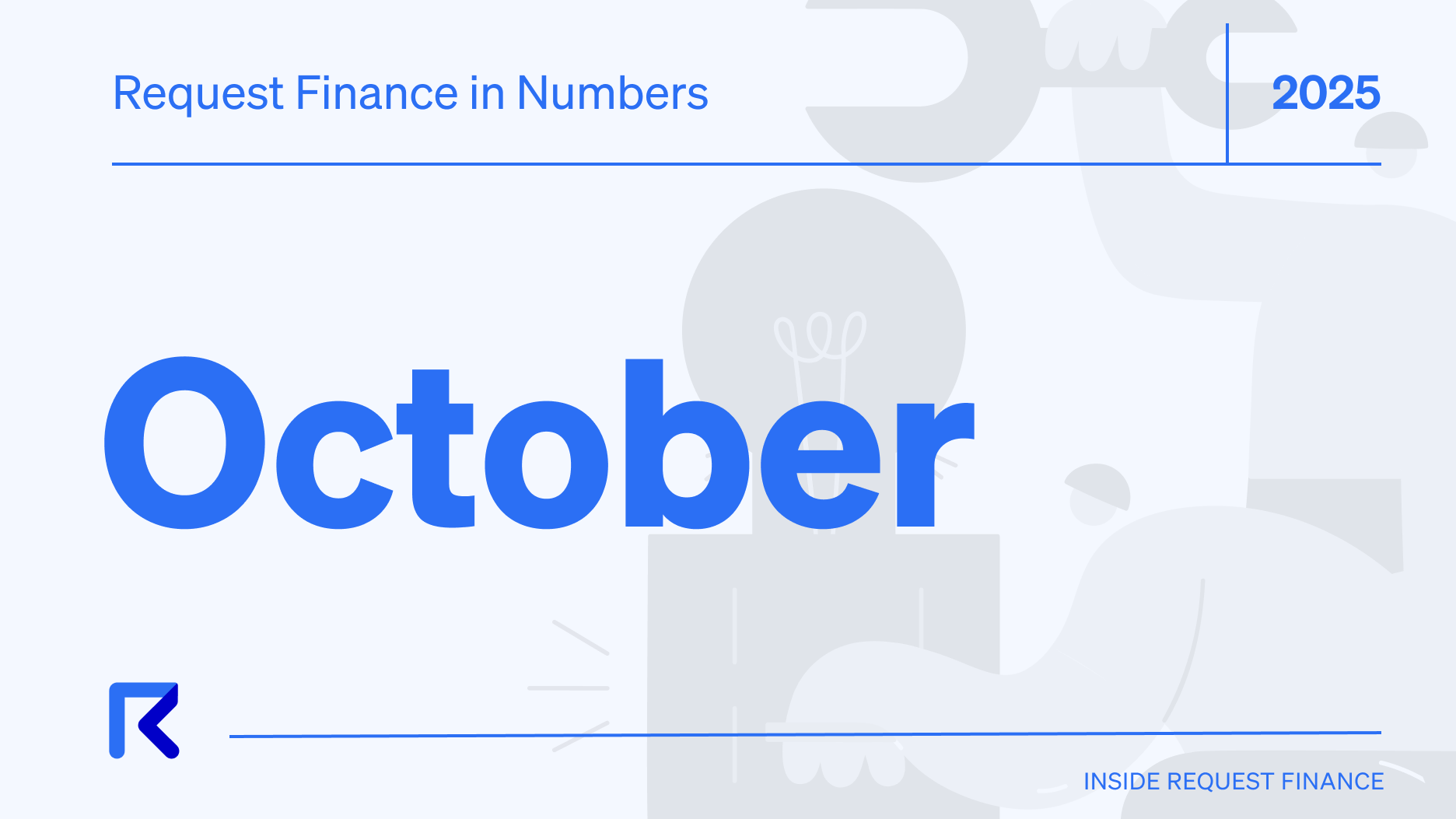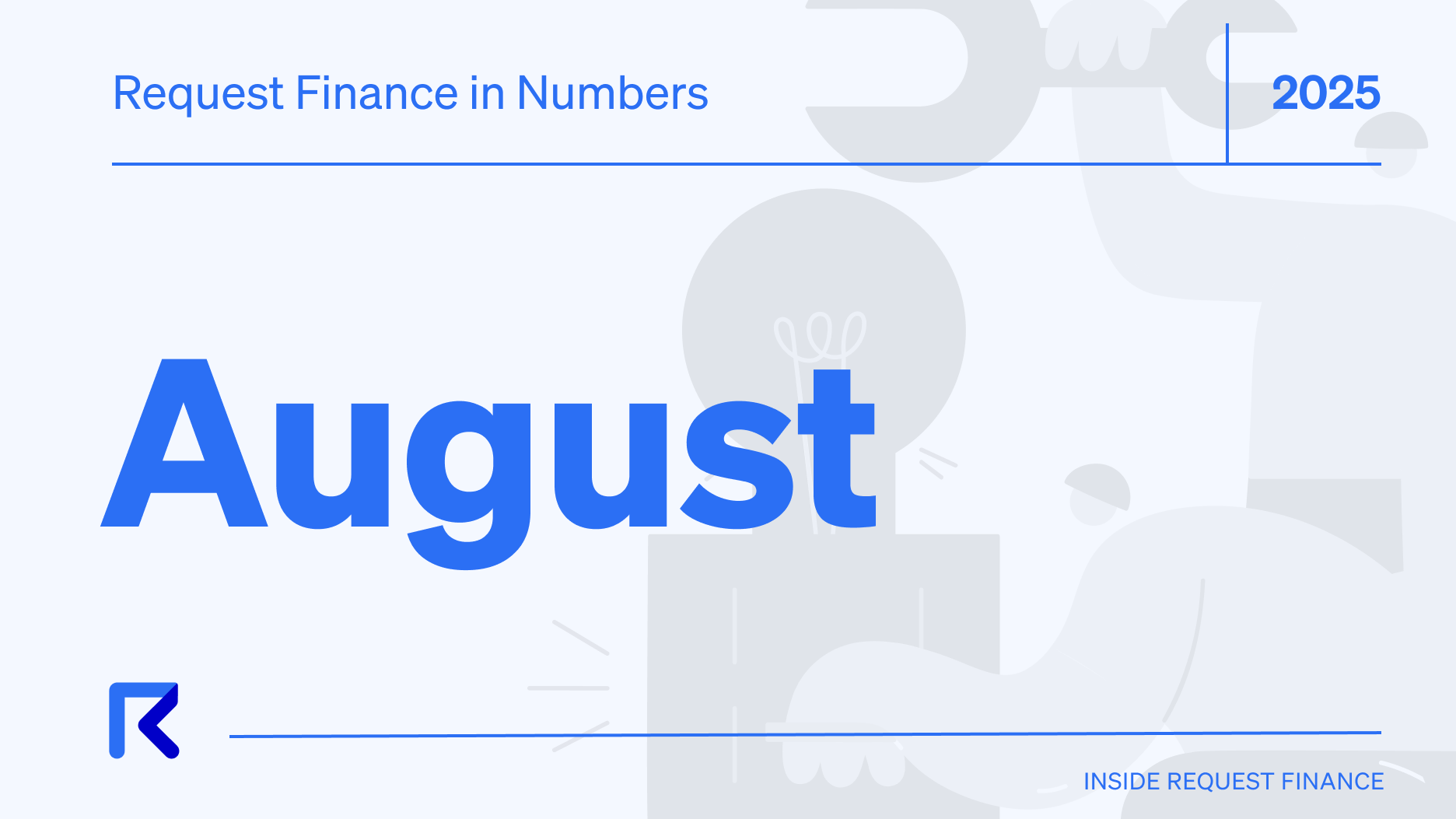Exploring Token Multi-Senders: A Deep-Dive Into Disperse and Its Alternatives
Which is the best token multi-sender for your Web3 business? Here's a comparison of Disperse and its alternatives.

Whether for payroll, contractor payouts, or marketing activities like airdrops, Web3 teams often need to pay large numbers of different wallet addresses.
As any Web3 finance or operations team knows - this can be a laborious and error-prone task.
Token multi-senders were developed to simplify such cryptocurrency transactions by facilitating simultaneous transfers of multiple tokens to different wallets.
They serve to streamline complex crypto payments operations such as airdrops or team compensation, by automating manual processes, and batching transactions to save on gas fees.
Token multi-senders have proven particularly beneficial for Web3 businesses that pay their teams and contributors in crypto.
In this article, we'll review one of the most popular token multi-senders, Disperse, alongside its alternatives to help you decide on which token multi-sender that’s best for your needs.
Pros and cons of specific token multi-senders
There are several key evaluation criteria to consider when selecting the right token multi-sender for your needs.
Security: Security is paramount in this context, as exploitable flaws could lead to sending of funds to unauthorized wallet addresses.
Network and token compatibility: A token multi-sender that supports the networks and tokens you typically work with is ideal, preventing the need for sporadic use of various tools.
Scalability: Scalability matters because you want a service that can handle your volume of transactions without compromising performance. The usability of a platform impacts the ease of operation, with user-friendly interfaces and features reducing the learning curve and facilitating efficient operations.
Cost: Cost is a crucial factor as different multi-senders offer varied pricing models which can significantly affect your overall operational expenses, especially if you process large volumes of transactions.
Each of these factors plays a significant role in the effectiveness and suitability of a token multi-sender that you choose.
Let’s take a look at the pros and cons of some of the best token multi-senders:
1. Disperse

Pros
Scalability: Disperse can handle a high volume of transactions without compromising performance.
Compared to sending tokens to one wallet address at a time where one block can fit up to 218 token transfers, transactions on disperse can fit nearly thrice as much, up to 634 transfers.
Cons
Limited token compatibility: Disperse primarily supports tokens on the MATIC network, which limits its usability for wider token varieties.
Lack of advanced customization: Users may find the customization options inadequate. You’ll need to utilize more dApps
2. BulkSender

Pros
Support for multiple chains: BulkSender supports 7 different blockchains to send tokens.
User-friendly: The platform is easy to use, and supports CSV upload for large lists of wallet addresses.
Cons
Inability to send tokens on various chains at once: Bulksender directs you to a different token multi-sender based on which blockchain you select. You’ll have to utilize each token multi-sender individually if you need to send tokens on various blockchains.
Pricing: It may be costly for large-volume transactions.
Bulksender charges a flat fee per transaction, where each network has a different ceiling on the number of tokens that can be sent in a single transaction.
For instance, it costs 0.035 ETH (~ USD 65) per 200 addresses on Ethereum. The cost can add up for transactions that involve a large number of addresses.
Ready to Supercharge Your Crypto Accounting?
Stop wasting time, manually creating journal entries. Automate your accounting now, and enjoy error-free reporting
Learn how to scale your company's crypto & fiat financial operations
Your financial complexities are our specialties. Schedule your free consultation today and discover how Request Finance can transform your financial operations
Simplify crypto and fiat financial operations today
Rely on a secure, hassle-free process to manage your crypto invoices, expenses, payroll & accounting.
3. MultiSender

Pros
Supports multiple blockchains: MultiSender supports a variety of blockchains, including Ethereum, BNB smart chain, and Tron.
Customization options: Advanced users can benefit from a host of customization options.
Cons
Limited token capability: MultiSender only allows the transfer of the native currency of each blockchain.
Imagine you're a Web3 CFO working for a decentralized finance (DeFi) startup. Your company operates on multiple blockchains for diversified operations and robustness, let's say Ethereum, BNB Smart Chain, and Tron.
You’ll need to disburse monthly utility payments to service providers, salaries to employees, and rewards to the community members, all in different tokens that live on these blockchains.
This means logging in and out of different platforms, navigating different user interfaces, managing different transaction records, and even dealing with varying fee structures, which not only consumes valuable time but also increases the chances of making errors.
Limited transaction history: MultiSender does not keep track of payment transaction history, making it hard for record keeping.
This means, if you need to verify a past payment, resolve a dispute, or prepare for financial auditing, you won't have an easy way to access the needed information.
Lack of record-keeping can lead to operational inefficiencies and potential inaccuracies, making your job more difficult and time-consuming.
4. Cryptosender

Pros
Multi-blockchain network support: CryptoSender's ability to support multiple blockchain networks, including BSC, Ethereum, and Polygon, makes it a versatile token multi-sender.
Cons
Complex interface: It may not be easy for beginners to navigate through the platform.
Cryptosender does not have a droplist of tokens for you to select.
You’ll have to manually paste the token address of each token that you wish to transfer to using spreadsheets, which can open the door to potential risks.
We saw how PeopleDAO suffered a $120,000 loss in ETH due to such spreadsheet manipulations, and more recently, how Bybit got rugged of over $4.3 million using spreadsheets for crypto payroll.
When using spreadsheets for manual copy and pasting of data, anyone with edit rights can manipulate the data by changing wallet addresses or adding fraudulent rows.
Given the complexity and anonymity of crypto addresses, spotting such changes is tough.
If teams use offline or downloaded files for crypto management, the issue is exacerbated by version control problems, making it harder to identify compromised data due to cyberattacks, internal fraud, or simple negligence.
5. Request Finance

Pros
Comprehensive financial tools: As a proper invoicing and payment software, Request Finance tracks the payment status, records crucial transaction details, and seamlessly reconciles invoices.
User-friendly: Simple to navigate with an all-in-one dashboard for all your crypto transactions.
Support for various chains: Request Finance supports crypto payments on 18+ blockchains and 150+ cryptocurrencies.
Cons
Subscription-based pricing: To fully leverage the benefits of Request Finance, larger businesses with high transaction volumes may have to subscribe to better pricing plans.
Fortunately, a free plan is sufficient to conduct unlimited invoicing for batch token transfers.
For more flexibility and access to features such as batch payments and cross-currency swaps, the starter plan starts at only $80 per month.
How to do a batch token transfer with Request Finance
The process of batch token transfers with Request Finance is simple and error-free.
With Request Finance, you can share a pre-filled invoice template that contains your business information with the recipients. They can then fill out the remaining details, such as their name, wallet address, and description, directly on the invoice. This prevents any human error that manual copy and pasting is prone to.
Once the invoices are sent to you, you can select and pay multiple invoices at once, regardless of the chain they're on. This feature allows for efficient batch payments to multiple recipients, saving both time and effort when compared to manual transfers. Furthermore, you gain the advantage of maintaining a thorough record of both paid and pending invoices, along with transaction confirmations.

Ultimately, the choice of a token multi-sender depends on your unique needs and requirements.
With its comprehensive suite of financial tools, Request Finance is certainly worth considering as a comprehensive solution for token batch distribution.
Crypto finance tips straight to your inbox
We'll email you once a week with quality resources to help you manage crypto and fiat operations
Trending articles
Get up to date with the most read publications of the month.
Our latest articles
News, guides, tips and more content to help you handle your crypto finances.











